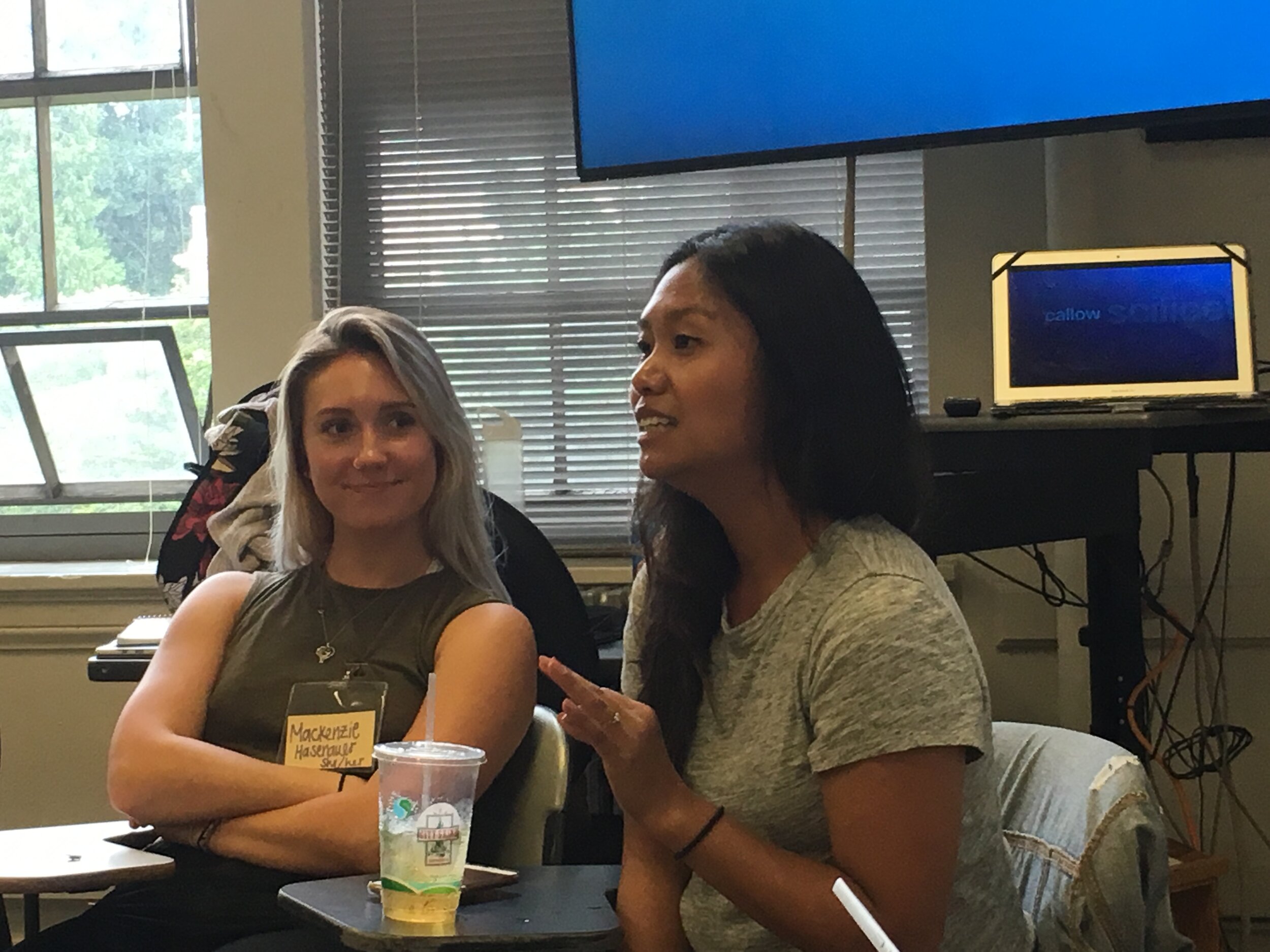The Inquiry Five Course Modules
Modules 1 and 2: inquiry basics and beliefs
What is inquiry? How do you know it’s happening? What are you already doing as a teacher that is inquiry-based? Where could you ‘tip the scales’ in favor of a bit more inquiry? How does inquiry support DEIJ, SEI and increase student engagement? What are your beliefs about teaching, learning and the purpose of school? How do your own teachers influence your teaching practices?
strategy #1: Get Personal
Relationships and emotional bonds are the foundation of inquiry classrooms where it’s OK to question and wonder. How do we create strong emotional bonds with our students, our students with each other, and all of us with the content? How can we use stories (our own and our students’) to root content and build relationships?
strategy #2: Stay Curious
How do we maintain a disposition of inquiry with our students? What are we still learning as adults? How do we ‘stay fresh’ with our curriculum? How might we communicate our own sense of wonder with our students? Who are teachers who do this well and what can we learn from them? How can our responses to students generate more questions and deeper thinking?
strategy #3: Ask more, talk less
How do we give students more air time to theorize together and ask more (and better) questions? How do we ensure students have the content knowledge they need without lecturing? What are the best questions to ask our students? How do we help introverted students? How can we “teach with our mouth shut” and still cover curriculum?
strategy #4: encourage evidence
What questions help provoke critical thinking? How can we help students rigorously analyze their sources of information? How do we share our own sources of information? What media literacy resources can help?
strategy #5:Extend Thinking Time
How do we increase wait time and thinking time? What strategies can we use to help students tune into their own curiosities? How much time should students be given for personal inquiries (esp. when there is so much content to get through)?
Module 8: now what?
What questions do you have now? How might you put the “inquiry five” strategies into practice? How do the inquiry five work within popular teaching frameworks?
Course Format
Read, write, and reflect on your own inquiry practice
Peek inside classrooms to see inquiry strategies in action
Collaborate with a community of other inquiry educators from around the world
Download a treasure trove of templates and explore our favorite inquiry resources
Meet Your Instructor
Kimberly L. Mitchell
Kimberly is a passionate inquiry-based teaching researcher and practitioner with thirty years of experience in education. She has lived and worked in the United States, Ecuador, Greece, and Argentina as an Elementary and Middle School Teacher, a High School and Elementary School Principal, and as a Senior Program Officer at the Bill & Melinda Gates Foundation a Program Director at Teach for All.
A graduate of Stanford University’s Education Administration & Policy program, she is the author of Experience Inquiry, a member of the Inquiry by the Fire collaborative with Kath Murdoch and Trevor Mackenzie, the former Chair of the International Baccalaureate (IB) Americas Regional Board, and a two-time nominee for the University of Washington’s Distinguished Teaching Award.
Kimberly practices inquiry in her own undergraduate classrooms at the University of Washington where she is a full-time lecturer in the College of Education.












